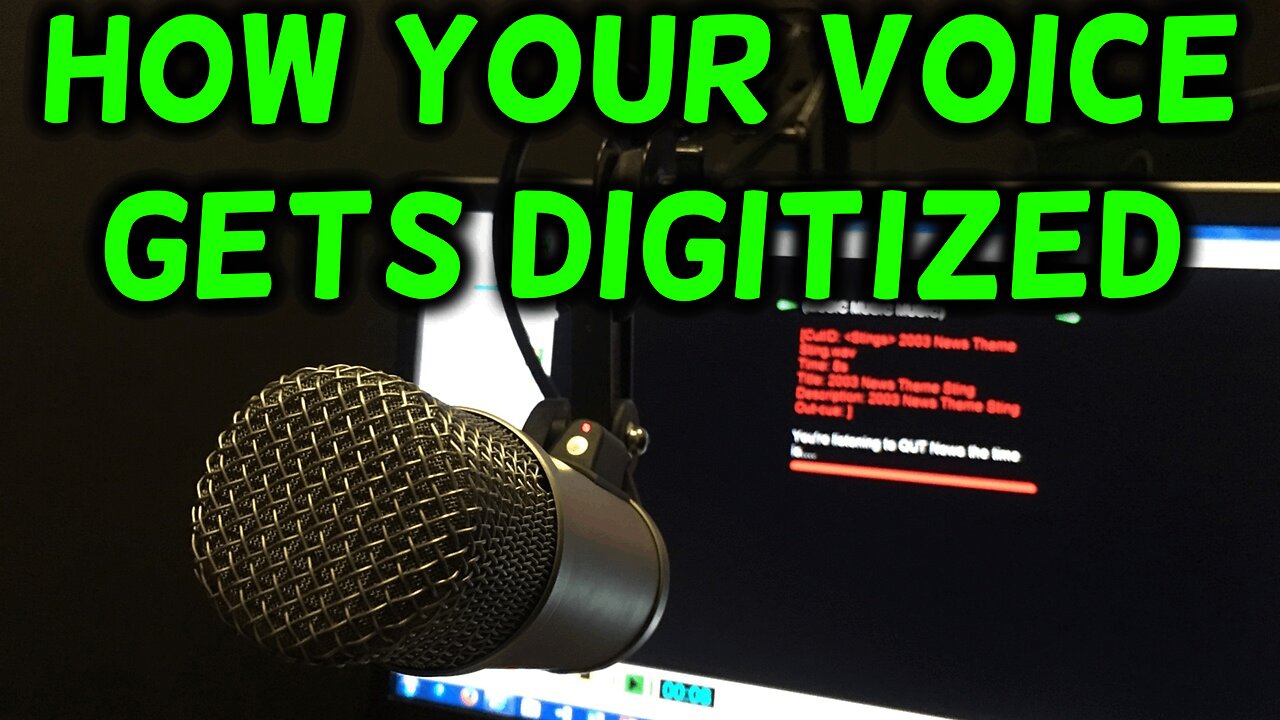Premium Only Content

What are A/D and D/A Converters?
A/D stands for “Analog to Digital”, and it refers to the process of converting an analog audio signal into digital audio information.
Examples of A/D conversion:
A USB microphone has onboard A/D converters that convert the analog signal of your voice into digital information, which then enters your computer through the USB cable.
When you plug an XLR (analog) microphone into an audio interface or digital recorder, the audio interface and recorder do the A/D conversion.
D/A stands for “Digital to Analog”, and it does the exact opposite conversion of the A/D converters. D/A converters convert digital audio information back into an analog audio signal so you can hear it.
Examples of D/A conversion:
When you play any audio on your computer/phone/digital recorder, your computer/phone/digital recorder converts the digital audio information into an analog signal which is then sent to the little speakers in your phone/earbuds/headphones in order to create sound so you can hear it.
If you play audio on your phone and your phone is connected to a Bluetooth speaker, the digital audio signal travels from your phone to the speaker (through the air!), and then the speaker converts the digital audio information into an analog signal which is then sent to its physical speaker in order to create sound so you can hear it.
FYI, the QUALITY of converters in various audio equipment varies widely, and the quality of the converters DOES affect the quality of the sound CONSIDERABLY. As you may have guessed, the more expensive equipment tends to have much better quality converters, and you can bet that cheaper equipment has cheaper, lesser quality converters.
Podcast production tips email list signup: http://eepurl.com/geOdAD
*CAREER Option: Learn how to produce podcasts professionally from home and earn a great living doing it! — https://podcastengineeringschool.com/product/pes-online-program/
-
 LIVE
LIVE
Edge of Wonder
4 hours agoRigging the Game: Super Bowl Controversy & Fake Alien Invasion Commercial
300 watching -
 11:37
11:37
Tundra Tactical
2 hours agoHeroes in Texas Stop DEADLY School Shooting!
4.05K -
 41:45
41:45
Chrissy Clark
1 hour agoFEMA’s Corruption EXPOSED, Trump Assassination Update, & The Rebrand Reveal I Underreported Stories
4.94K -
 LIVE
LIVE
The Big Mig™
3 hours agoCelebrate American Exceptionalism 2025 w/ Mary Flynn O’Neill
3,184 watching -
 1:23:59
1:23:59
Redacted News
4 hours agoBREAKING! CORRUPT FBI CAUGHT HELPING ILLEGALS AVOID ICE ARRESTS, HOMAN READY TO PROSECUTE | Redacted
125K147 -
 1:18:39
1:18:39
Awaken With JP
1 day agoThe Latest in the Resurrection of America - LIES Ep 78
102K32 -
 1:55:58
1:55:58
Revenge of the Cis
5 hours agoEpisode 1445: Too Much Breakfast Club
36.7K3 -
 1:17:58
1:17:58
Game On!
5 hours ago $1.05 earnedPUMP THE BRAKES! It's college basketball season now!
35.3K1 -
 1:07:56
1:07:56
John Crump Live
20 hours ago $1.31 earnedLawyer Talk Ft. AOR (Backed Out) & Fudd Busters
48.1K2 -
 55:12
55:12
Benny Johnson
5 hours agoCongress Makes BOMBSHELL Announcement LIVE Now on Epstein List, JFK, UFOS | 'All Will Be REVEALED!'
138K164